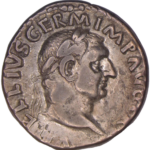Background/History
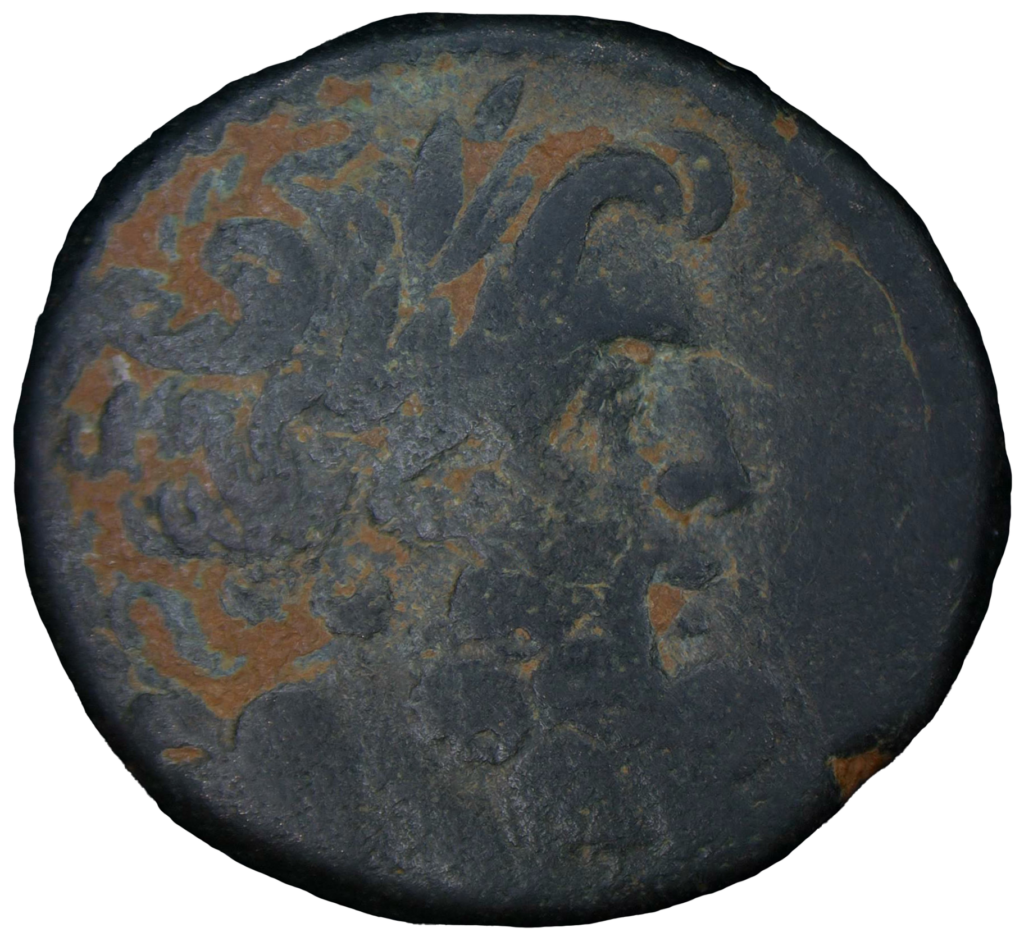

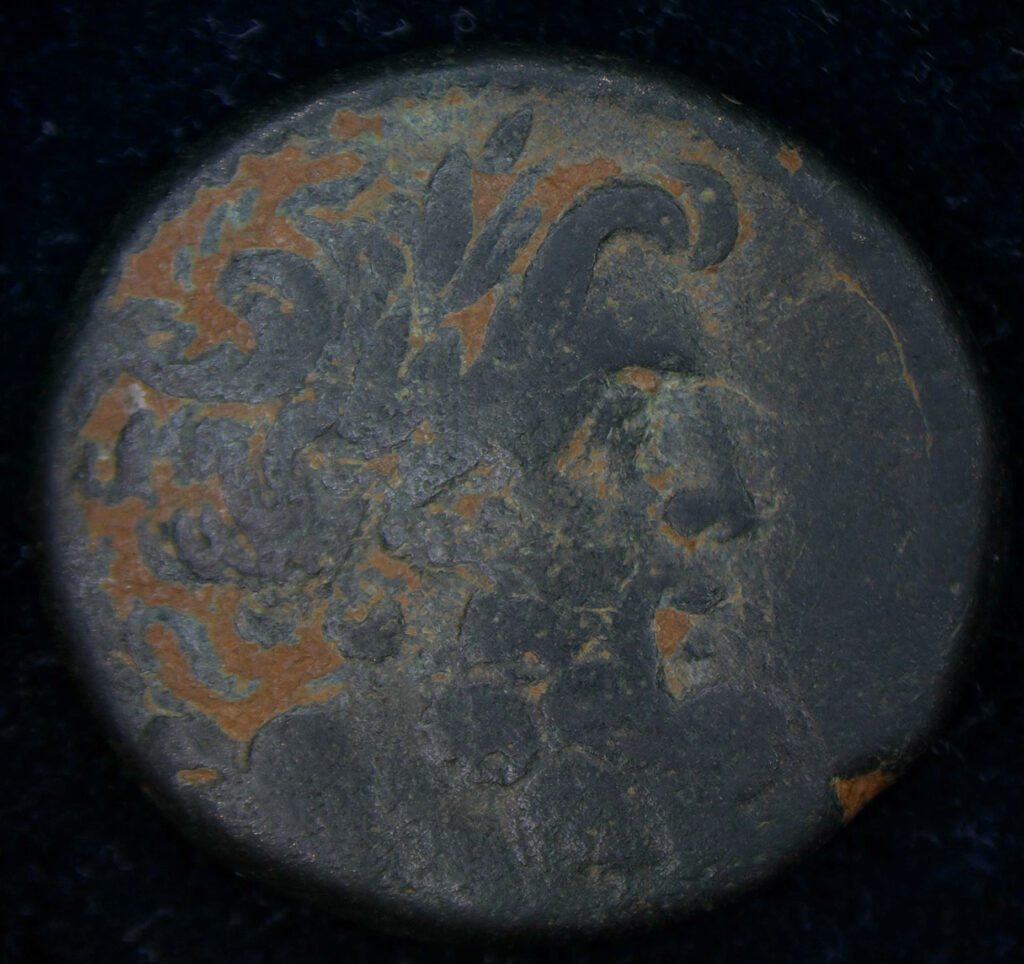

I purchased this coin from an uncleaned coin dealer in early 2023 amongst a lot of other assorted 1st century bronze coins.

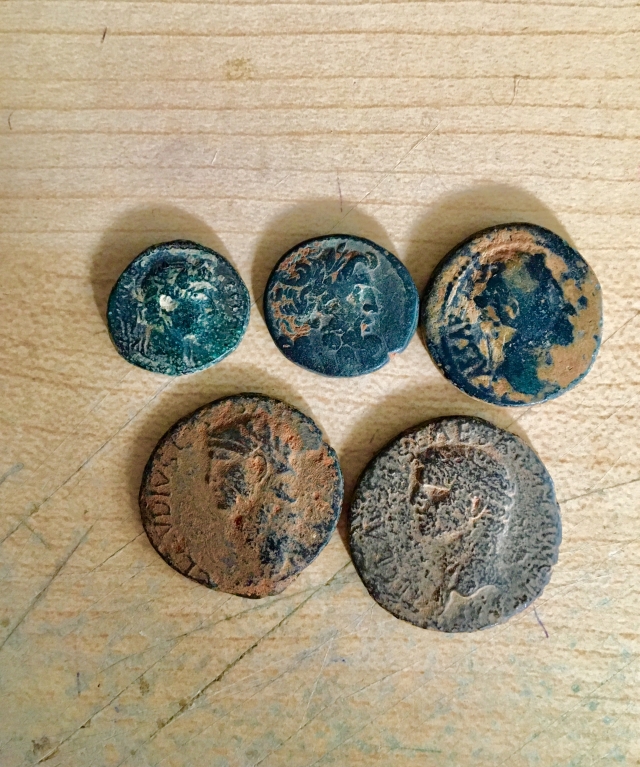
I paid ~60 USD per coin in the lot, which is a tad north of their retail on average but that’s par the course for premium uncleaned coins. In the lot there are 2 standout coins the “Star of Bethlehem” type (top middle), and the Augustus ‘As’ (top right). Both are interesting 1st century Roman provincial coins minted under the authority of the emperor Augustus.
The reverse of this coin is what makes it interesting.
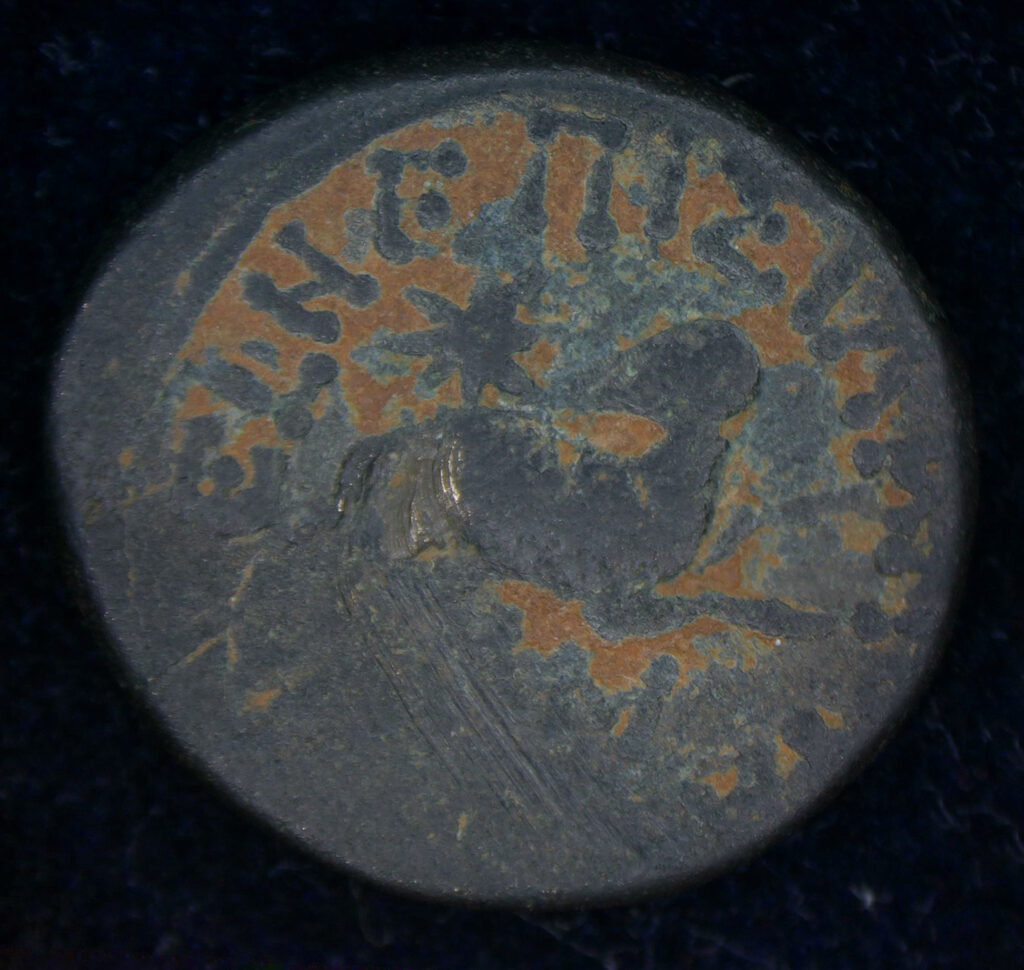
With the mint mark of ΔΜ, it has the following legends.
ΕΠΙ ΣΙΛΑΝΟΥ “reign of Silanus”
ΔΜ Date 44 years since battle of Actium (31 BC) [Actian Era]
ΑΝΤΙΟXΕΩΝ “Antioch” (Ancient metropolis city of Antioch in Syria)
“Reign of Silanus” refers to the former consul and then Propraetorial Imperial Legate of Syria under Augustus/early Tiberius. His was replaced by Tiberius with the infamous Piso who allegedly killed Germanicus.
Given the date mark on my example of ΔΜ, it was very likely minted in 14 AD. Which means either the last year of the reign of Augustus, or the first of heir Tiberius.
There is an interesting theory about the star on the reverse. Michael Molnar, an astronomer, believes this coin depicts Jupiter’s occultation of Aries in 6 B.C., the most probable “Star of Bethlehem.”. Its impossible to prove, but it is an interesting theory and the “Star of Bethlehem” title has managed to stick itself to this coin type in listings and auctions alike. Similar to the “Tribute Penny” title for the Tiberius denarius with the Livia reverse.
You can read his book on the theory here.

Learn more about the type on RPC (Roman Provincial Coins)
Or you can learn more on numista

Cleaning the Coin
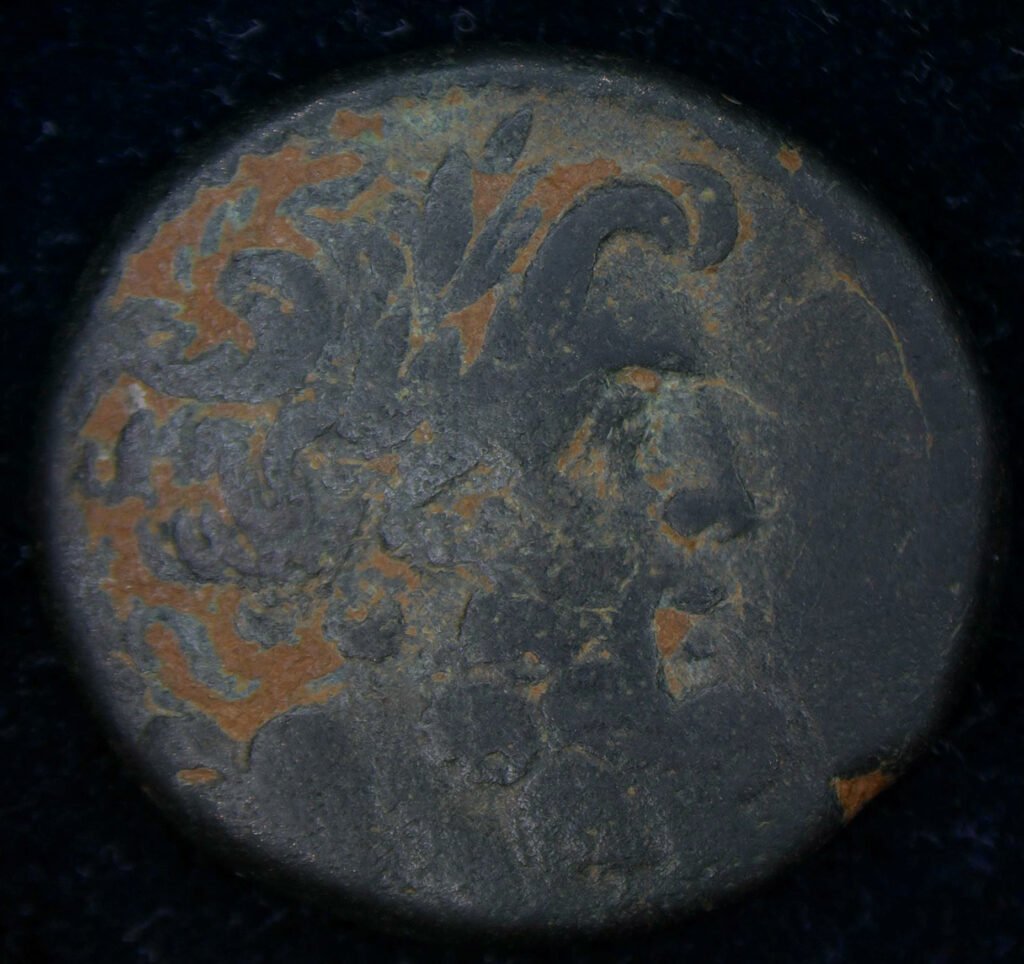
1. Soaking the coin in distilled water

2. Testing the toughness of the deposits
Generally the longer a coin soaks in distilled water, the better you will do in terms of removing the deposits without using “Scratch Tools”. For some crusty coins this could take a year. I recorded the below video only 24 hours after this Provincial Bronze Roman coin coin first placed in distilled water.
As you might imagine, this was not long enough for them to be easily removed. You can see this in the video from my microscope. There are still very tough. I could just go at this coin using a pin tool, but I would risk unnecessarily scratching it when if I had waited a few more weeks, they would easily dislodge.
This is not a statement against scratch tools in general. They have their place and can be great for removing top layer deposits on encrusted coins and hard to get details that no other tool can dislocate. I am guilty of over using, there is a happy medium.
Finding the best tools for the job
Now that the coin has soaked for a month, I started testing different tools under full magnification. Even after a month of soaking, the deposits were very ‘solid’.
The bamboo skewers were too large to pick the deposits out of the tightest of spaces. They were not easily dislodging. Back to the drawing board…
I quickly learned that all my tools were too large and too harsh. The “diamond dusted pin tool” was slightly too large for this specific coin, and too abrasive. The slightest touch would erase the patina. I needed a tool with a finer point, and that was not abrasive to get dirt out of the tiniest of crevasse.
I had to build a tool for the job. This is what I built.

A sewing needle is not abrasive, and if its dull enough will not scratch the coin (easily) without pressure. It can be used to gently dislodge the dirt which can be brushed away. It’s a very tedious process, but the results will speak for themselves.
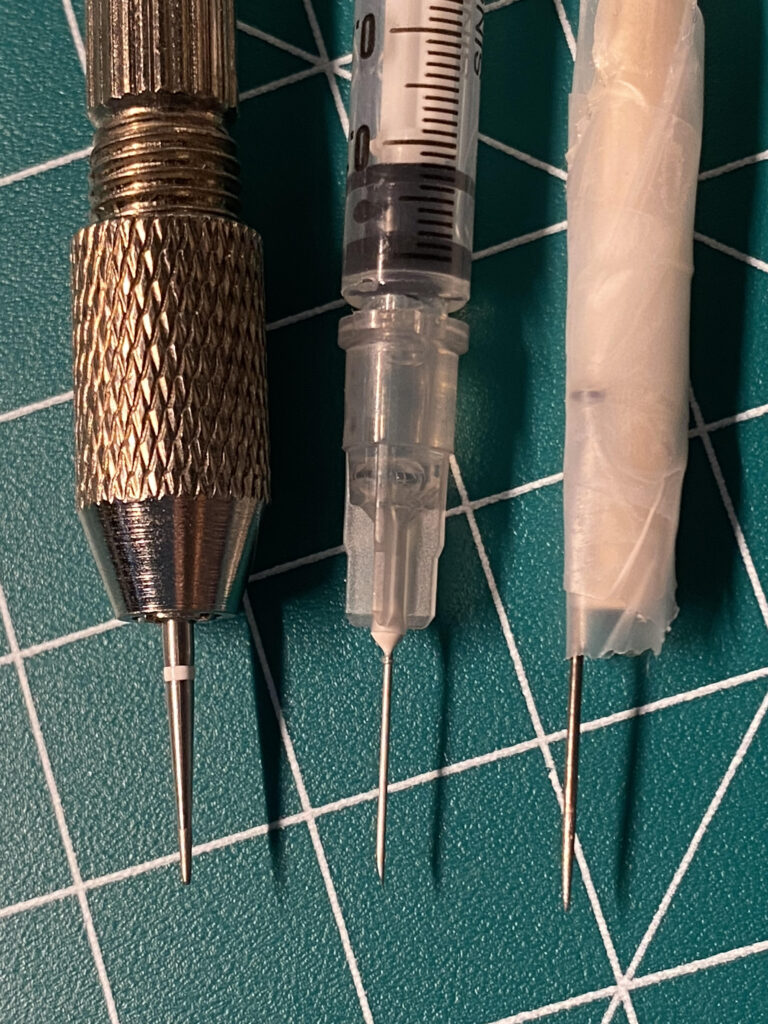
Note the fineness and bluntness of the sewing needle. That’s what made it such a great tool for this specific clean.
The slow process of removing deposits, one spec of dirt at a time.
After a few hours of removing deposits using my sewing needle tool, it became clear this was going to be a long clean.

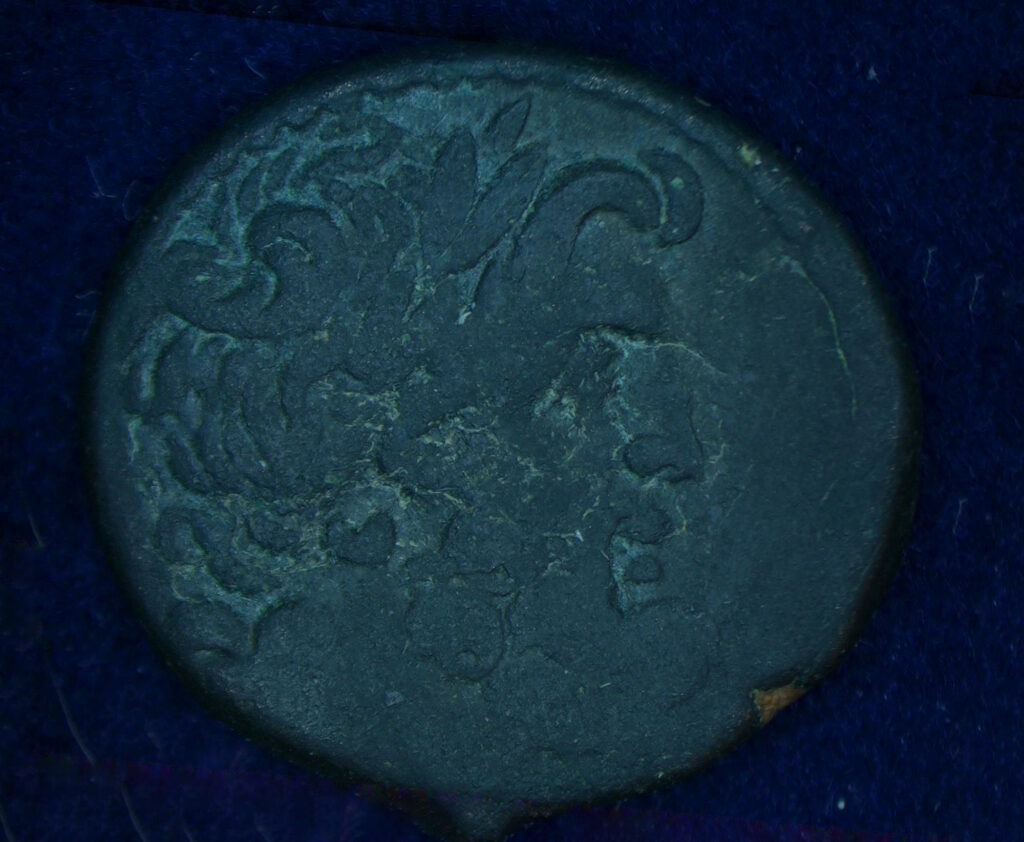
Done

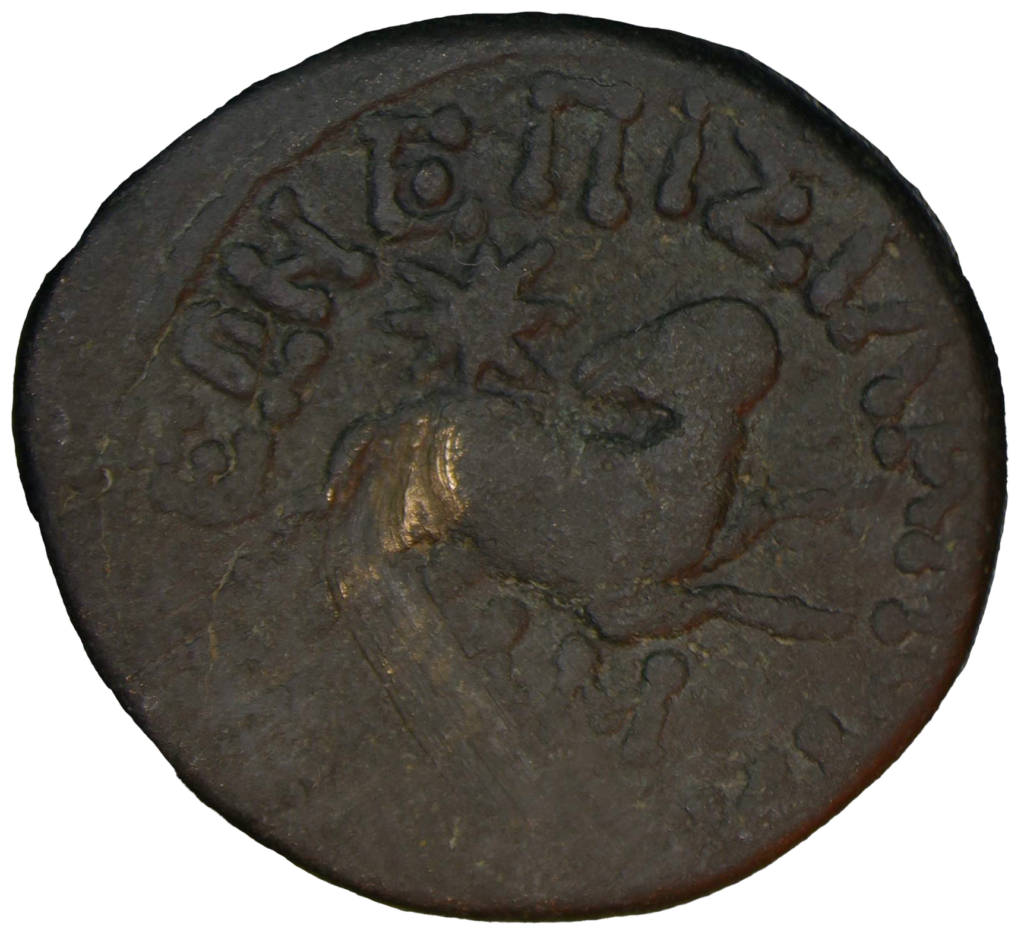
Before and After
Thanks for reading. If you have thoughts please leave a comment down below
